
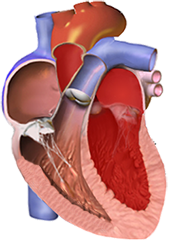
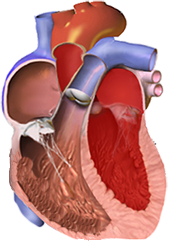


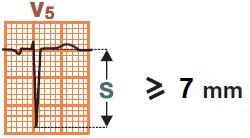

Right Ventricular Hypertrophy
Right ventricular strain pattern

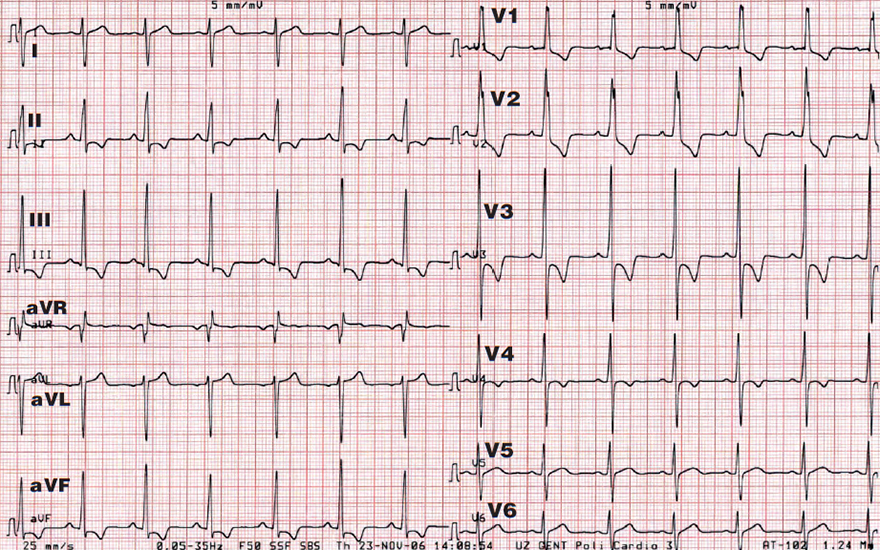
Right Ventricular Hypertrophy

Right Ventricular Hypertrophy
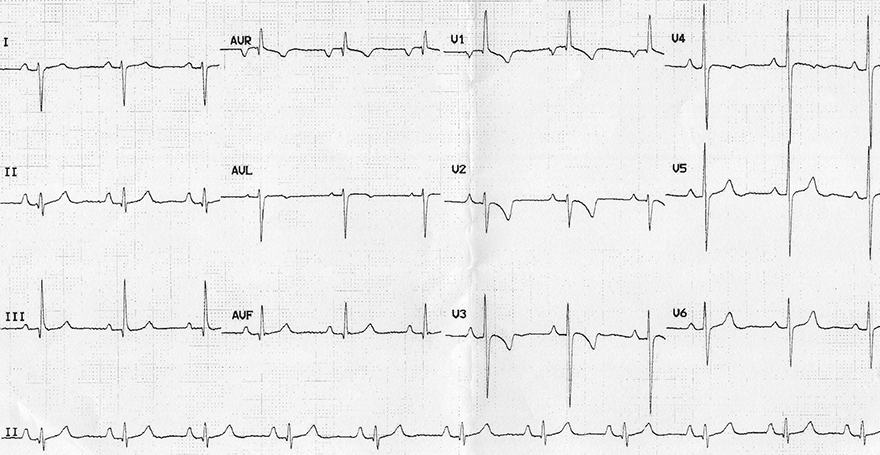
Right Ventricular Hypertrophy

Right Ventricular Hypertrophy and Right Bundle Branch Block

Right Ventricular Hypertrophy and Arrhythmogenic Right Ventricular Dysplasia
Sources
Right Ventricle
|

|
Concentric Hypertrophy of the Right Ventricle
|

|
Eccentric Hypertrophy of the Right Ventricle
|

|
|
 |
Dominant R Wave in V1
|

|
Deep S Wave in V5/V6
|
 |

Right Ventricular Hypertrophy
|
Right ventricular strain pattern
|

|

Right Ventricular Hypertrophy

Right Ventricular Hypertrophy

Right Ventricular Hypertrophy

Right Ventricular Hypertrophy and Right Bundle Branch Block

Right Ventricular Hypertrophy and Arrhythmogenic Right Ventricular Dysplasia
Sources